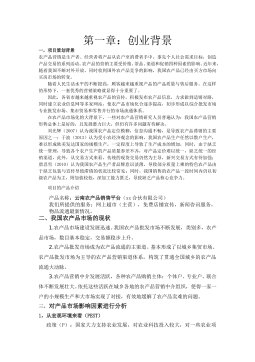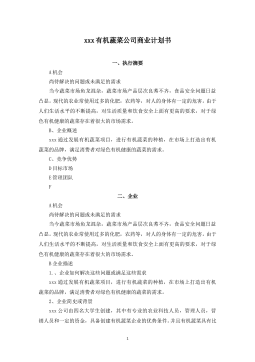数控机床两轴瞬态同步控制方法的研究与应用
摘要数控机床插补曲线时,一般把曲线分割成若干段直线来进行插补。插补每段直线时,数控机床的两轴需同时进给一定量,但是在进给的过程中由于驱动的负载不同,数控机床两进给轴响应的瞬态过程不同步,造成较大的插补偏差。因此,能否在两进给轴响应的瞬态过程中实现同步控制已成为一项关键技术。交流伺服系统是数控机床重要部分之一,它在决定数控机床精度方面起着至关重要的作用。交流伺服系统的响应特性与驱动器的控制参数和驱动负载的大小相关。为了得到更好的控制特性,需要辨识驱动负载,从而根据负载大小确定驱动器的控制参数。数控机床在插补曲线时,调整响应较快轴的驱动器控制参数,使其与响应较慢的轴的瞬态响应速度保持同步,从而实现...
相关推荐
-
10KV电网D-SCADA 系统信息采集与故障诊断研究与设计VIP免费

 2024-10-14 25
2024-10-14 25 -
方形吸顶散流器平送风等温射流特性研究VIP免费

 2025-01-09 7
2025-01-09 7 -
关于充液声导波传感器中频散兰姆波的研究VIP免费

 2025-01-09 10
2025-01-09 10 -
结合梁斜拉桥施工过程中考虑剪力滞影响的分析方法VIP免费

 2025-01-09 6
2025-01-09 6 -
空调房间热舒适性的数值模拟与实验研究VIP免费

 2025-01-09 7
2025-01-09 7 -
汽车前轮线控转向系统研究VIP免费

 2025-01-09 8
2025-01-09 8 -
输入分配型混合动力车辆动力系统控制策略研究VIP免费

 2025-01-09 7
2025-01-09 7 -
双馈风力发电系统的柔性并网控制研VIP免费

 2025-01-09 9
2025-01-09 9 -
污水处理厂污泥好氧堆肥发酵技术的试验研究VIP免费

 2025-01-09 7
2025-01-09 7 -
应用风室试验装置的风机性能VIP免费

 2025-01-09 8
2025-01-09 8
相关内容
-

汽车前轮线控转向系统研究
分类:高等教育资料
时间:2025-01-09
标签:无
格式:PDF
价格:15 积分
-

输入分配型混合动力车辆动力系统控制策略研究
分类:高等教育资料
时间:2025-01-09
标签:无
格式:PDF
价格:15 积分
-

双馈风力发电系统的柔性并网控制研
分类:高等教育资料
时间:2025-01-09
标签:无
格式:PDF
价格:15 积分
-

污水处理厂污泥好氧堆肥发酵技术的试验研究
分类:高等教育资料
时间:2025-01-09
标签:无
格式:PDF
价格:15 积分
-

应用风室试验装置的风机性能
分类:高等教育资料
时间:2025-01-09
标签:无
格式:PDF
价格:15 积分






